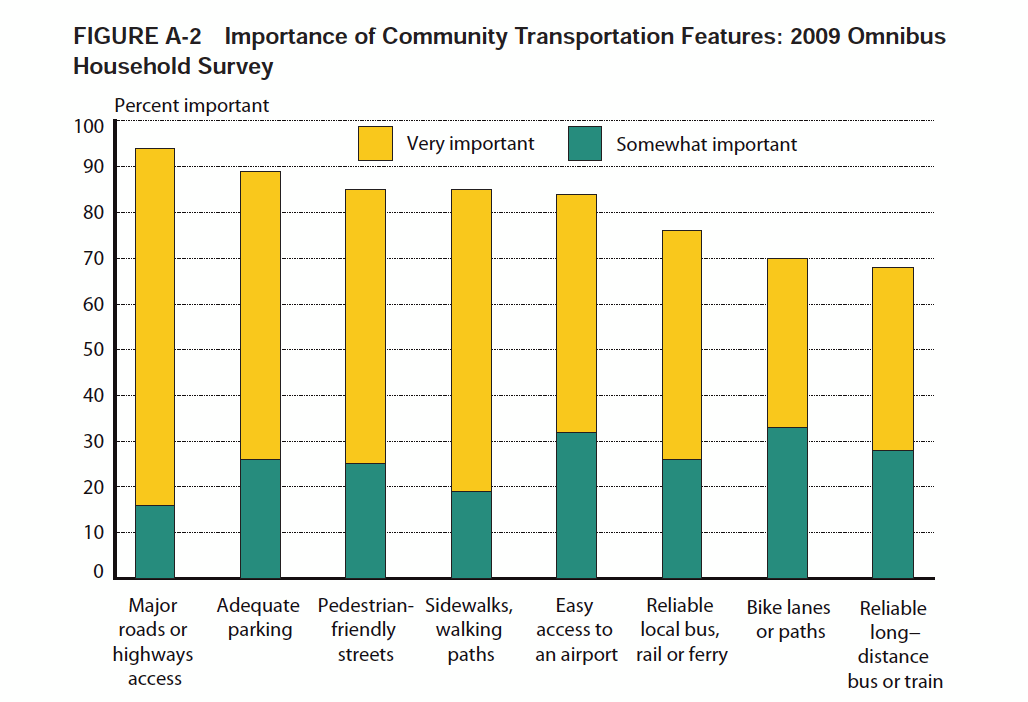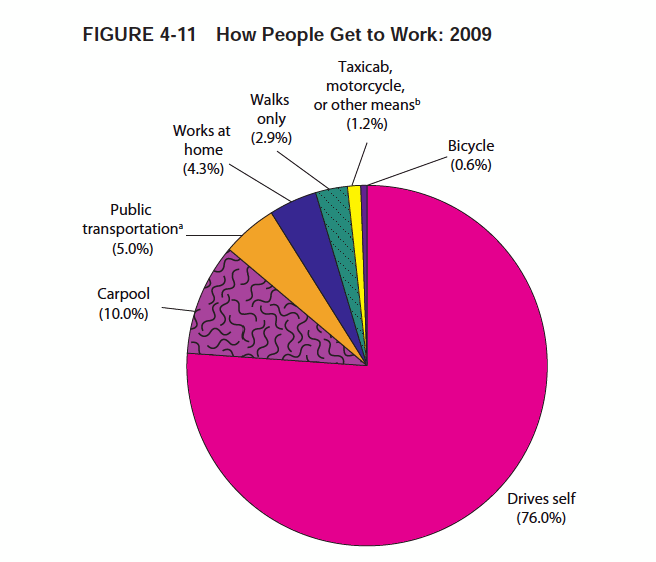BUREAU OF TRANSPORTATION STATISTICS (BTS)
RESEARCH AND INNOVATIVE TECHNOLOGY ADMINISTRATION (RITA), U.S. DEPARTMENT OF TRANSPORTATION
Summary
The Transportation Statistics Annual Report (TSAR) presents data and information compiled by the Bureau of Transportation Statistics (BTS), a component of the U.S. Department of Transportation’s (USDOT’s) Research and Innovative Technology Administration (RITA), to fulfill its legislative mandate. The RITA/BTS mandate covers all modes of transportation and calls for the collection and analysis of transportation data on topics relevant to USDOT’s strategic goals.
BTS serves as the lead Federal statistical agency for transportation data and statistics. BTS coordinates efforts with the USDOT administrations to monitor the U.S. transportation system’s performance and its impacts. In addition, BTS works closely with other Federal statistical agencies, State and local governments, local transit agencies, trade associations, and the transportation industry.
The Annual Highlights section focuses on recent USDOT efforts to collect, compile, analyze, and publish transportation data and analysis. Such efforts include the following:
- the Survey of State Funding for Public Transportation,
- Livable Communities and Environmental Sustainability highlights from the Omnibus Household Survey, and
- Commodity Flow Survey (CFS) data and analysis on Hazardous Materials (Hazmat) shipments.
In addition, this section reviews commercial aviation and the airline industry reported by BTS through its Office of Airline Information (OAI).
BTS has organized chapters in the U.S. Transportation System section by the topics relevant to the USDOT’s strategic goals, including: promoting safety, building livable communities, improving the state of good repair, fostering economic competitiveness, and supporting environmental sustainability of the U.S. transportation system.
In the Improving Transportation Statistics section, BTS documents the methods used to obtain the report’s statistical information, ensure its quality, and make recommendations for improving transportation statistics. The major BTS program areas respond to this requirement by identifying the guidelines that apply to Federal data quality and the statistics included in this report. In this section, BTS lists the select Federal agencies that collect or compile transportation data and statistics. In addition, this section focuses on data gaps and improving methods for collecting, compiling, analyzing, and publishing transportation statistics.
Appendix A provides a snapshot of the U.S. demographics factors–such as population, labor force, and economic conditions–that influence travel patterns and movement of goods. Appendix B includes a list of acronyms, abbreviations, and initialisms used throughout the report. Appendix C provides a glossary. Appendix D cross-references the topics specified in our legislative mandate with the figures and tables presented in this report. Appendix E provides a list of the data and statistics found in the online National Transportation Statistics. Appendix F provides a list of the figures and data tables provided by the online Key Transportation Indicators.
***
Livable Communities and Environmental Sustainability
The Bureau of Transportation Statistics (BTS) has been actively involved in various efforts to support the U.S. Department of Transportation’s (USDOT’s) new strategic goals of Livable Communities and Environmental Sustainability, as well as providing support for the U. S. Department of Transportation – U.S. Department of Housing and Urban Development – Environmental Protection Agency Partnership for Sustainable Communities (established in June 2009). BTS assists with collecting, analyzing, and reporting key data and statistics that support national and local efforts to improve livability.
BTS created a Livability Program page on its website, available at http://www.bts.gov/programs/livability, to identify numerous resources of potential interest to policymakers and transportation planners in their efforts to better understand, assess, and evaluate transportation’s role in creating livable communities. The USDOT has also established a departmental Livability website providing a wealth of information on departmental initiatives and accomplishments, grants and programs, case studies, recent publications and news stories, contacts, and other relevant material. This website is available at http://www.dot.gov/livability.
BTS annually conducts the Omnibus Household Survey (OHS) to gather information on the public’s satisfaction with various topical aspects of the Nation’s transportation system. As part of the 2009 OHS, BTS asked survey respondents to report the importance of several transportation-related neighborhood features thought to contribute to livable communities. Specific features included:
• sidewalks, paths, or other safe walking routes to shopping, work, or schools;
• bike lanes or paths to shopping, work, or schools;
• reliable local bus, rail, or ferry transportation that can be reached without driving;
• reliable long-distance bus or train transportation to and from major metropolitan
areas;
• major roads or highways that access and serve your community; and
• adequate parking in the downtown or central business district.
Dowload full version (PDF): Transportation Statistics Annual Report
About the Bureau of Transportation Statistics
www.bts.gov
“The BTS mission is to create, manage, and share transportation statistical knowledge with public and private transportation communities and the Nation. The main purpose of BTS’ work is to help advance the DOT Strategic Plan (2006-2011). But we also aim to anticipate future needs and policy issues. Our challenge is to develop data and analyses that are relevant, high quality, timely, comparable, complete, and accessible-our strategic goals for transportation statistics.”
Tags: BTS, Bureau of Transportation Statistics, Environmental Sustainability, livable communities, Research and Innovative Technology Administration, RITA








 RSS Feed
RSS Feed